Research Briefs and Reports
Data-Driven Research about Northern Virginia
The Community Foundation produces data-driven reports to better understand the needs of the region. These studies provide thoughtful insight into how these needs are addressed in Northern Virginia, and how philanthropic efforts can be targeted to better serve our friends and neighbors. Read our full reports or executive summaries which highlight our key findings.During the pandemic, these rates spiked, and have remained high. As of May 2023, over half of the workforce was experiencing some level of anxiety or depression, and a quarter were in the clinical range— requiring some level of treatment or intervention. This research estimates that since 2020, Northern Virginia has lost $8 billion each year in unrealized economic output due to the impaired mental health of its workforce: a quadrupling of losses seen prior to the pandemic.
To cope with rising costs, families at all income levels are changing their habits. The majority of families are cutting back on discretionary spending. Nearly half of families at all income levels have compromised their financial health, including taking on more debt, and getting behind on bills. More than a quarter were sacrificing a basic need, such as delaying medical care, keeping their homes at an unsafe temperature, or going hungry.
Growing Old Together In Northern Virginia: The Family, Homes, and Budgets our Region Needs as we Age
- How do we make it easier to be a caregiver?
- How do we increase the supply and affordability of senior housing?
- How do we help individuals afford to age in place?
DOWNLOAD THE REPORT
Two other major findings include: Girls, those who identify as LGBTQ+, older students, and Hispanic and Latino students are among those who are experiencing the largest increases in mental health need since the beginning of the pandemic. At the same time, many students do not get enough sleep, a symptom of poor mental health as well as a contributing factor.
DOWNLOAD THE REPORT
2022 Champions for Accountability
An Initiative to Highlight the Importance of Diversity, Equity, and Inclusion in Northern Virginia's Workplaces
This report highlights more than 50 employers in Northern Virginia that have taken a crucial first step towards corporate diversity: they are willing to collect, share, and act on data about the demographic composition of their owners, senior staff, and boards. The report summarizes preliminary findings from the first cohort of badge recipients- "Champions-" who submitted a complete application in the spring-summer of 2022. While just the first step, this puts the region on an important pathway to diversifying our leadership and acknowledging where we are, as a region, and as employers.
DOWNLOAD THE REPORT
Finding Our Way Back to Mental Health
The Need for Accessible, Affordable Treatment in the Midst of Collective Trauma
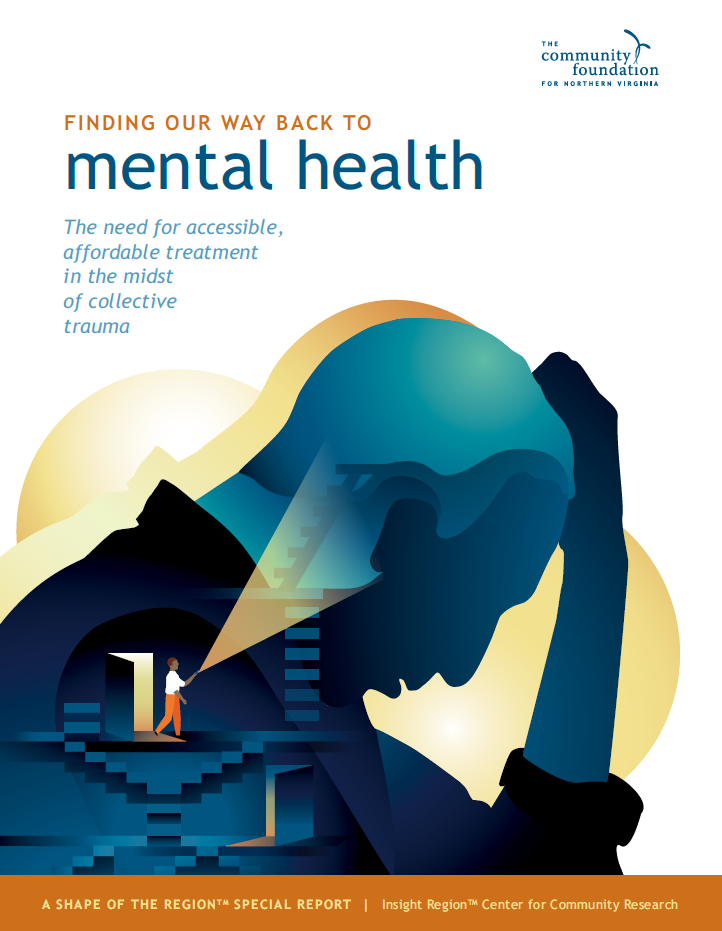 In 2019, about 8 percent of the population was dealing with “active symptoms” of anxiety or depression. Now, that figure is 28%, a fourfold increase impacting over a half million adults in Northern Viginia. This doesn’t include some 200,000 adults whose anxiety and depression levels are transient, but have received, or sought to receive medication or talk therapy in the previous four weeks. In total, whilst 750,000 adults in Northern Virginia have mental health needs, 370,000 who want therapy or counselling are unable to get it.
In 2019, about 8 percent of the population was dealing with “active symptoms” of anxiety or depression. Now, that figure is 28%, a fourfold increase impacting over a half million adults in Northern Viginia. This doesn’t include some 200,000 adults whose anxiety and depression levels are transient, but have received, or sought to receive medication or talk therapy in the previous four weeks. In total, whilst 750,000 adults in Northern Virginia have mental health needs, 370,000 who want therapy or counselling are unable to get it.This report investigates four systemic barriers to people getting the care they need, offering recommendations on how Northern Virginia can work to support this large group of people by addressing systemic barriers to treatment, and what the roles the nonprofit sector, from foundations to community programs and others, can play.
DOWNLOAD THE FULL REPORT
Ready for Kindergarten, Ready for Life: The causes and consequences of Northern Virginia's preschool enrollment disparity
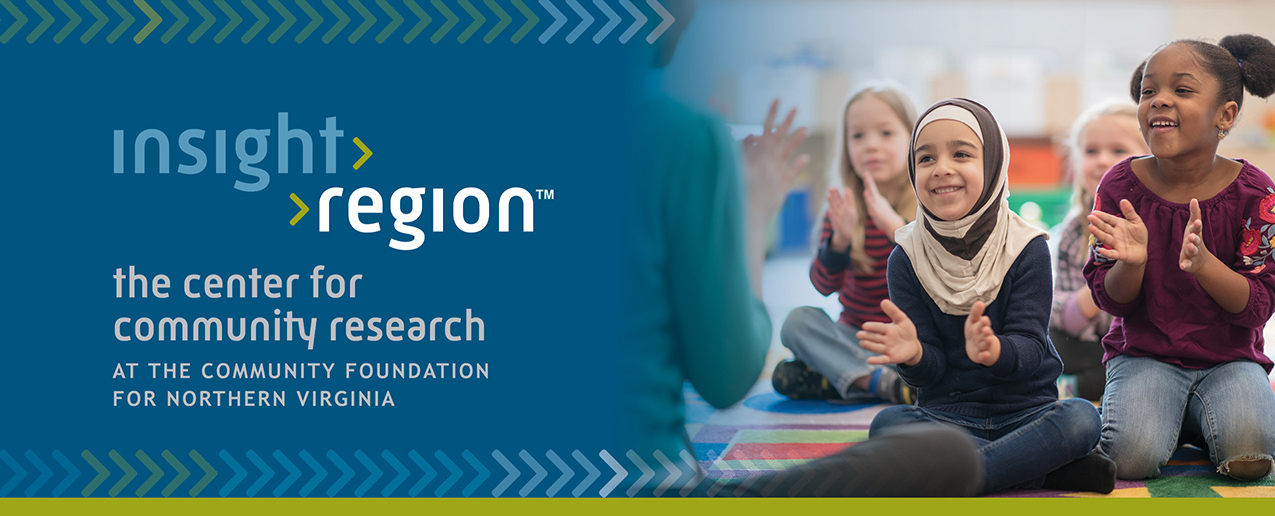 Northern Virginia's children at or near poverty have the second lowest rate of preschool enrollment in the country; just 29 percent of three-and four-year-olds in this income bracket are in school. It also has the largest gap in enrollment rates between these children and their counterparts in higher-income families.
Northern Virginia's children at or near poverty have the second lowest rate of preschool enrollment in the country; just 29 percent of three-and four-year-olds in this income bracket are in school. It also has the largest gap in enrollment rates between these children and their counterparts in higher-income families.High-quality preschool has the potential to narrow long-standing racial and economic opportunity gaps, provide crucial relief to Northern Virginia's working parents, and produce stunning long-term returns on investment. While all children benefit from the experience, children from families with limited economic means stand to benefit the most.
This brief explores how location, cost, and demand explain the region's low rate of preschool enrollment among its most financially vulnerable children and concludes with a series of recommendations.
DOWNLOAD
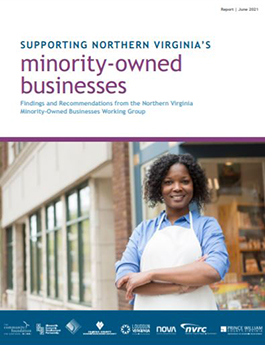 Supporting Northern Virginia’s minority-owned businesses
Supporting Northern Virginia’s minority-owned businesses
The Northern Virginia Minority-Owned Businesses Working Group – formed by members of the Community Foundation for Northern Virginia, Alexandria Economic Development Partnership, Arlington Economic Development, Fairfax County Economic Development Authority, Loudoun Virginia Economic Development, Northern Virginia Economic Development Alliance, Northern Virginia Regional Commission, and Prince William County Department of Economic Development – presents a collaborative report on the effects of the COVID-19 pandemic on minority business owners in the region.Northern Virginia is home to 128,000 minority-owned businesses, representing the community’s diverse fabric and entrepreneurship. "Supporting Northern Virginia’s minority-owned businesses" highlights these establishments and observes how they were impacted by the pandemic. The findings reveal the greater extent to which minority-owned businesses suffered. Minority-owned businesses’ size, access to capital, and concentration in certain industries have placed them at increased risk during the past year.
In response to these results, the group makes recommendations to aid minority-owned businesses through recovery from the challenges of the pandemic. However, they also promote steady support in the future for minority business owners beyond the pandemic and in preparation for another potential economic downturn. To do so, the report discusses the need for regular data collection, attention to small minority-owned businesses with risk factors, access to capital for minority business owners, and other solutions.
The report recognizes the vulnerabilities that minority business owners face and poses considerations to address them.
DOWNLOAD
The Northern Virginia Regional Commission has published an online dashboard with the data included in the report that will be updated on a quarterly basis.
ONLINE DASHBOARD
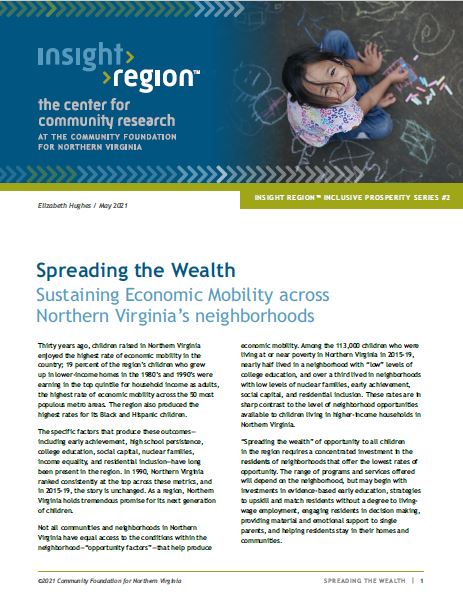 Sustaining Economic Mobility across Northern Virginia’s neighborhoods
Sustaining Economic Mobility across Northern Virginia’s neighborhoods
The Community Foundation for Northern Virginia's Insight Region® presents the second brief report in a series focused on inclusive prosperity in Northern Virginia.
"Spreading the Wealth" examines historic economic mobility for children raised in lower-income households across our region thirty years ago and the opportunity factors that seem to have a causal effect on children's ability to achieve economic success as adults. It finds that Northern Virginia enjoyed the "highest rate of economic mobility in the country; 19 percent of the region's children who grew up in lower-income homes in the 1980's and 1990's were earning in the top quintile for household income as adults, the highest rate of economic mobility across the 50 most populous metro areas."
However, not all communities and neighborhoods in Northern Virginia have equal access to the conditions within the neighborhood— “opportunity factors”—that help produce economic mobility. Among the 113,000 children who were living at or near poverty in Northern Virginia in 2015-19, nearly half lived in a neighborhood with “low” levels of college education, and over a third lived in neighborhoods with low levels of nuclear families, early achievement, social capital, and residential inclusion.
The brief identifies where opportunity lives in Northern Virginia and suggests solutions for targeted investments to ensure that ALL residents enjoy the "Northern Virginia Prosperity Bump."
Download

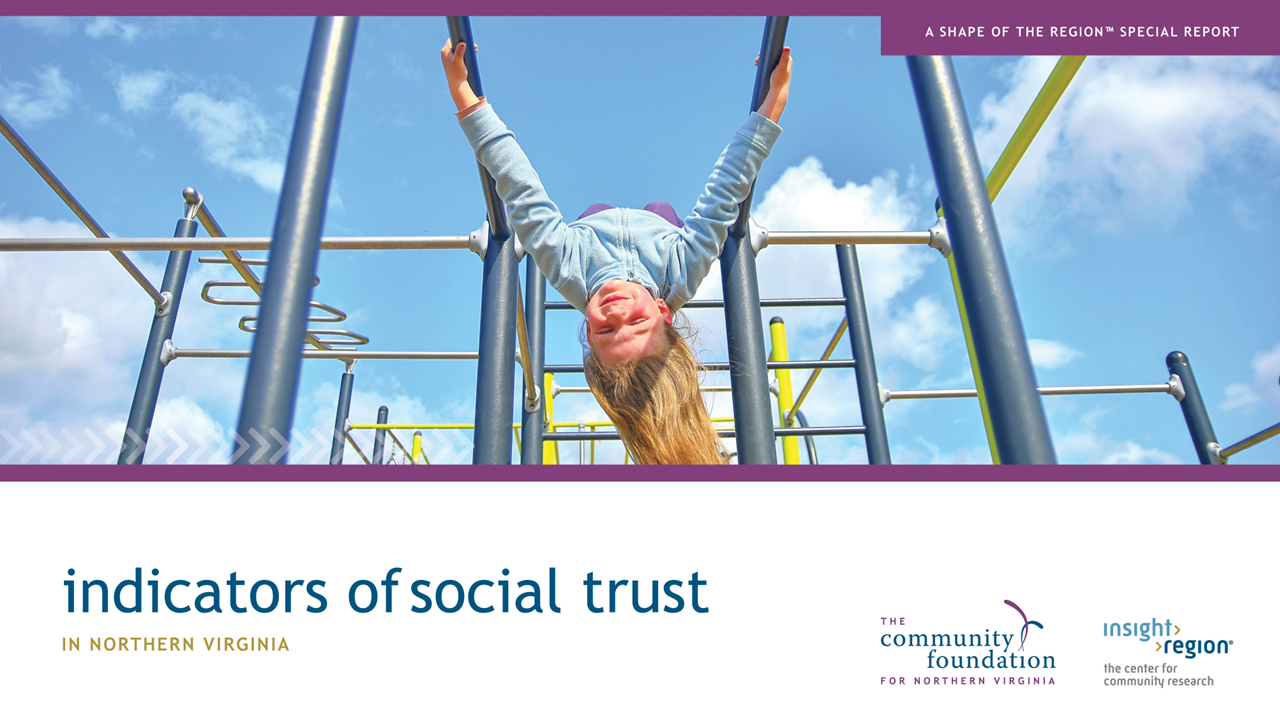
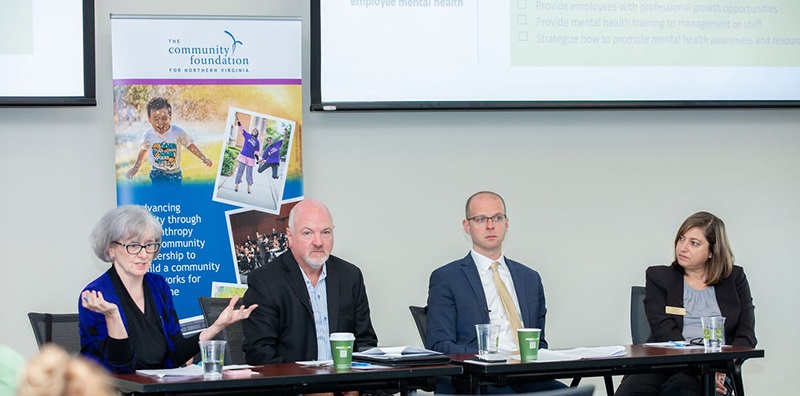


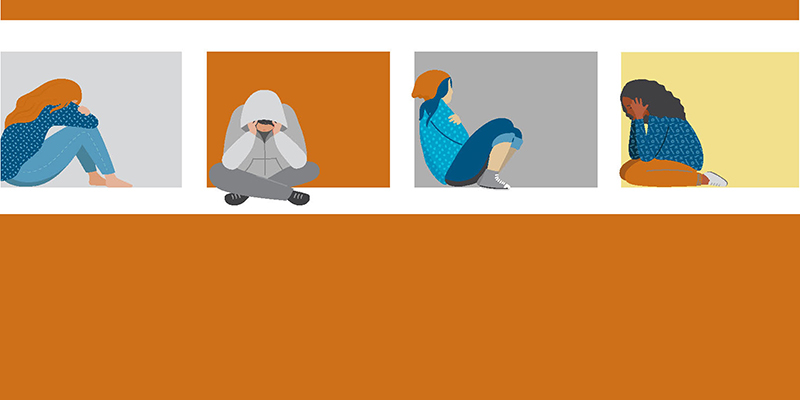
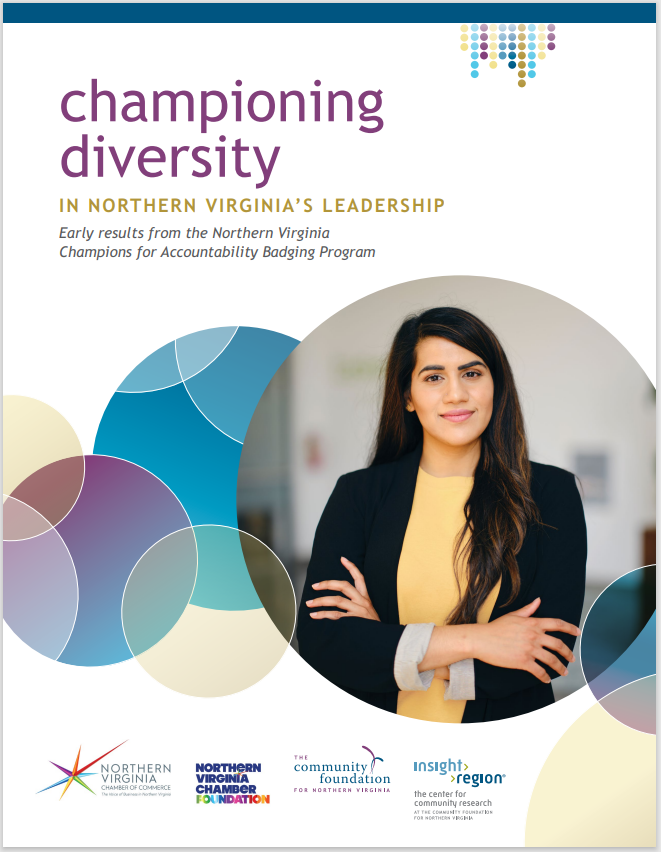
 Questions?
Questions?


